Entry Category: Counties, Cities, and Towns
Collegeville (Saline County)
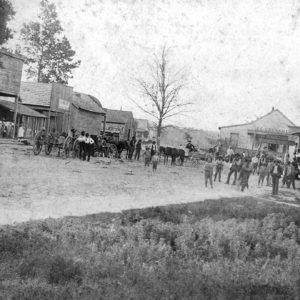 Collins Street Scene
Collins Street Scene
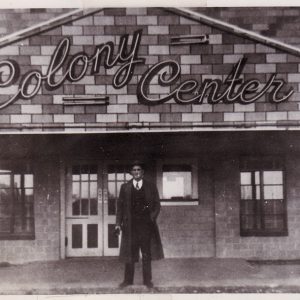 Colony Center
Colony Center
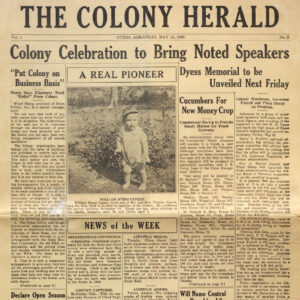 Colony Herald
Colony Herald
 Colony House Band
Colony House Band
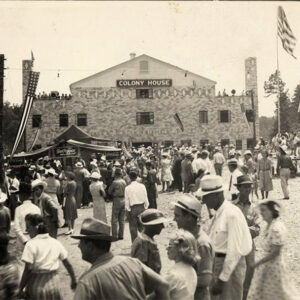 Colony House Crowd
Colony House Crowd
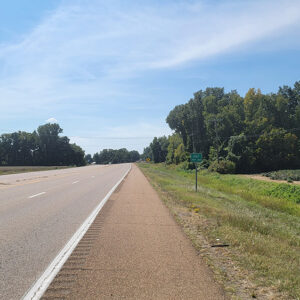 Entering Colt
Entering Colt
Colt (St. Francis County)
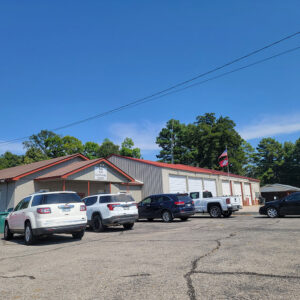 Colt City Hall and Fire Dept.
Colt City Hall and Fire Dept.
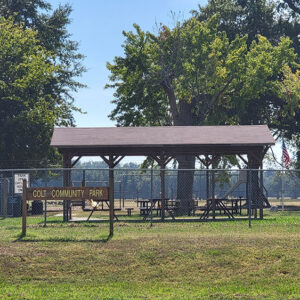 Colt Community Park
Colt Community Park
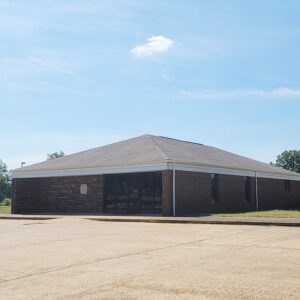 Colt Post Office
Colt Post Office
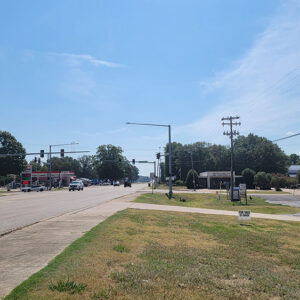 Colt Street Scene
Colt Street Scene
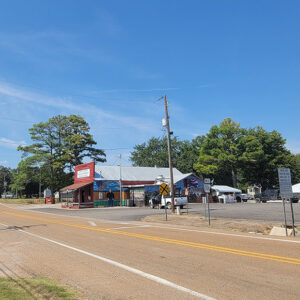 Colt Street Scene
Colt Street Scene
Columbia (Chicot County)
Columbia (Randolph County)
Columbia County
 Columbia County Courthouse
Columbia County Courthouse
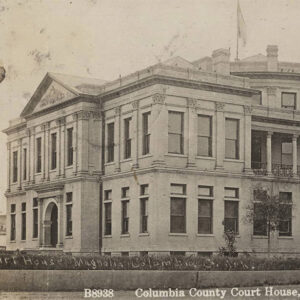 Columbia County Courthouse
Columbia County Courthouse
 Columbia County Courthouse
Columbia County Courthouse
Columbus (Hempstead County)
 Comet Coal Mine
Comet Coal Mine
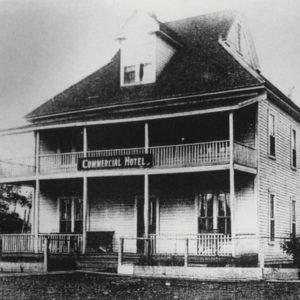 Commercial Hotel
Commercial Hotel
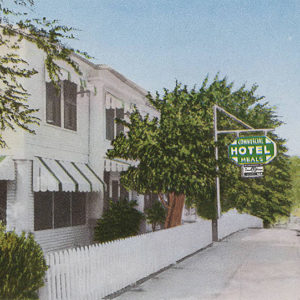 Commercial Hotel
Commercial Hotel
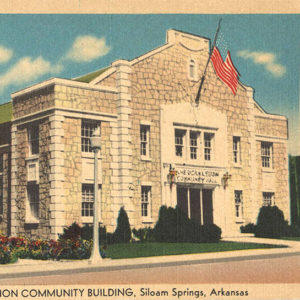 Community Building
Community Building
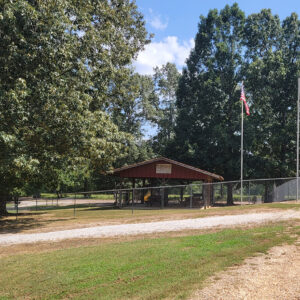 Community Park
Community Park
 Community Theatre
Community Theatre
Company Towns
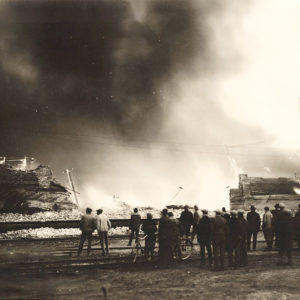 Compress Fire
Compress Fire
Concord (Cleburne County)
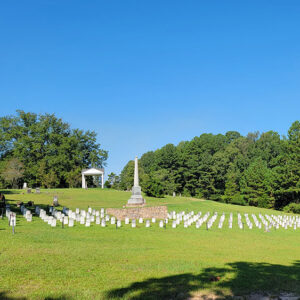 Confederate Section
Confederate Section
 Confederate State Capitol
Confederate State Capitol
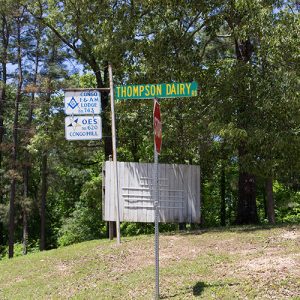 Congo
Congo
Congo (Saline County)
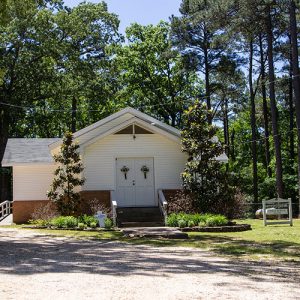 Congo United Methodist Church
Congo United Methodist Church
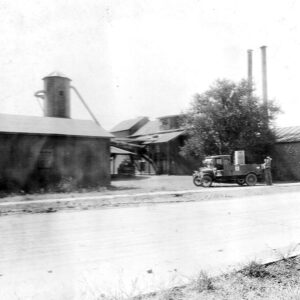 Conley Cotton Mill
Conley Cotton Mill
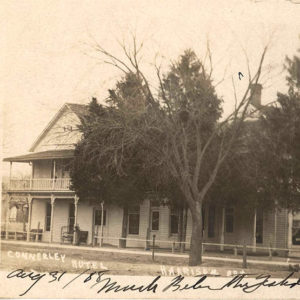 Connerley Hotel
Connerley Hotel
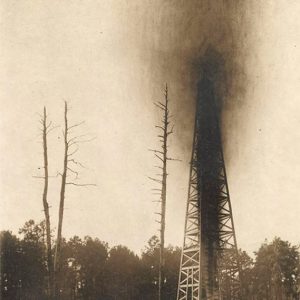 Constantin Gusher
Constantin Gusher
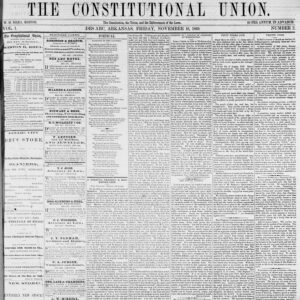 Constitutional Union
Constitutional Union
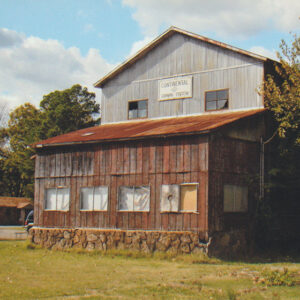 Continental Ginning System
Continental Ginning System
Convenience (Independence County)
Conway (Faulkner County)
 Conway Church
Conway Church
Conway County
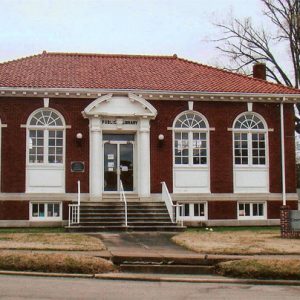 Conway County Library
Conway County Library
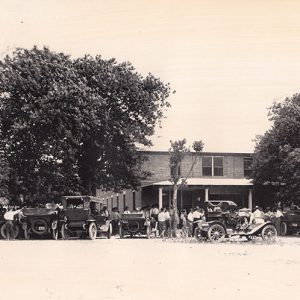 Conway Hotel
Conway Hotel
 Conway Human Development Center Entrance
Conway Human Development Center Entrance
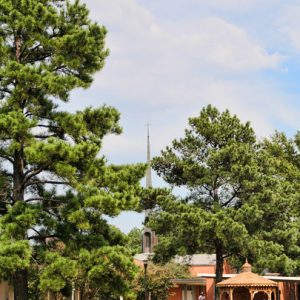 Conway Human Development Center Chapel
Conway Human Development Center Chapel
 Conway Laundry
Conway Laundry
 Conway Street Scene
Conway Street Scene




